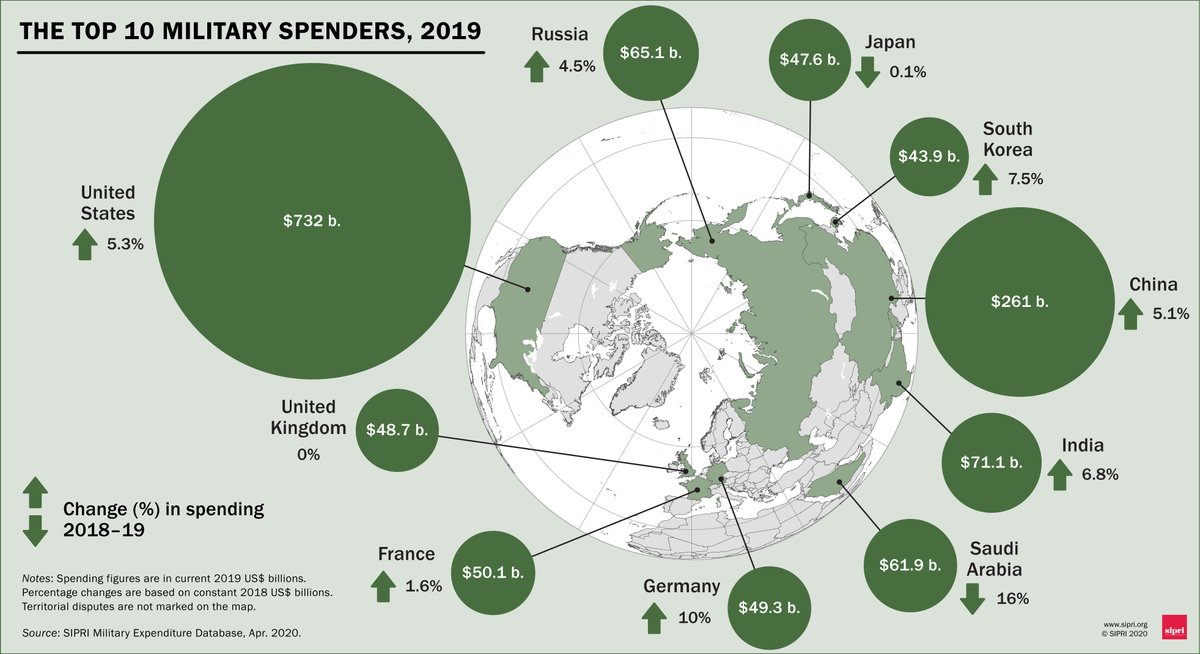Compliance With CNIL Regulations: Best Practices For Mobile App Privacy

Table of Contents
Understanding the CNIL's Scope and Authority
The CNIL is the French data protection authority, responsible for overseeing compliance with data protection laws in France, primarily the General Data Protection Regulation (GDPR) which is directly applicable in France. The CNIL plays a vital role in protecting personal data, ensuring its responsible processing, and enforcing penalties for violations.
-
CNIL's enforcement powers and potential penalties for non-compliance: The CNIL has significant enforcement powers, including issuing warnings, imposing fines (up to €20 million or 4% of annual global turnover, whichever is higher), and even ordering the suspension or prohibition of data processing activities. Non-compliance can severely damage your app's reputation and lead to significant financial losses.
-
Key principles of data protection under CNIL guidelines: The CNIL emphasizes core principles enshrined in the GDPR, including: lawfulness, fairness, and transparency; purpose limitation; data minimization; accuracy; storage limitation; integrity and confidentiality; and accountability. Your app's data handling practices must adhere to these principles.
-
Resources for accessing CNIL guidelines and documentation: The CNIL provides comprehensive guidelines and documentation on its website (cnil.fr), including FAQs, practical guides, and legal texts. These resources are invaluable for understanding your obligations and ensuring compliance.
Data Minimization and Purpose Limitation in Mobile App Design
Data minimization and purpose limitation are fundamental to CNIL compliance. Only collect the data absolutely necessary for your app's core functionality and clearly define the purpose for collecting each piece of data.
-
Examples of unnecessary data collection in mobile apps: Avoid collecting data like precise location unless absolutely essential for the app's purpose. Similarly, requesting unnecessary personal information during registration should be avoided.
-
Strategies for minimizing data collection while maintaining app functionality: Carefully analyze each data point collected and justify its necessity. Consider alternative ways to achieve functionality without compromising privacy. For example, use aggregated data instead of individual user data whenever possible.
-
Best practices for obtaining explicit consent for data collection: Obtain explicit consent before collecting any personal data. This requires a clear and concise description of the purpose for data collection and how it will be used. Use a clear opt-in mechanism.
-
Implementing data anonymization and pseudonymization techniques: Where feasible, anonymize or pseudonymize data to protect user identities. This involves removing or replacing identifying information with pseudonyms.
Transparency and User Consent for Mobile App Data Processing
Transparency is key. Provide users with clear, concise, and easily accessible information about your app's data processing practices. Obtaining explicit consent is paramount.
-
Requirements for a legally compliant privacy policy: Your privacy policy must be written in plain language, easily understandable by the average user. It must clearly describe the types of data collected, the purpose of collection, how the data is used, who it is shared with, and how long it is retained.
-
Best practices for presenting privacy information in a user-friendly way: Avoid legalese. Use bullet points, short paragraphs, and simple language. Make the privacy policy easily accessible within the app and on your website.
-
Methods for obtaining meaningful and informed consent (opt-in vs. opt-out): Always use an opt-in approach, meaning users must actively agree to data collection. Avoid pre-checked boxes or opt-out options.
-
Handling consent withdrawals effectively: Provide a simple mechanism for users to withdraw their consent at any time. Clearly explain the consequences of withdrawing consent.
Data Security and Breach Notification Procedures
Robust security measures are critical. You must protect user data from unauthorized access, loss, or alteration. Establish clear procedures for handling data breaches.
-
Essential security measures for mobile apps (encryption, secure storage): Implement appropriate security measures, such as encryption both in transit and at rest, secure storage, and regular security updates.
-
Developing a comprehensive incident response plan for data breaches: Create a detailed plan outlining steps to take in the event of a data breach, including identifying the breach, containing it, notifying affected users and the CNIL, and remediating the vulnerability.
-
CNIL's requirements for notifying authorities and users of data breaches: The CNIL requires notification of data breaches without undue delay. The notification must include information about the nature of the breach, the affected data, and steps taken to mitigate the impact.
-
Regular security audits and vulnerability assessments: Conduct regular security audits and vulnerability assessments to identify and address potential weaknesses in your app's security.
Data Subject Rights and User Access
Users have several rights under CNIL regulations, including the right to access, rectify, erase, restrict processing, and object to processing of their personal data.
-
Providing users with easy access to their data: Implement a mechanism allowing users to easily access and download a copy of their data.
-
Processes for fulfilling user requests for data rectification or erasure: Establish clear processes for responding to user requests to rectify or erase their data. Respond within the timeframe stipulated by the GDPR (usually one month).
-
Secure methods for verifying user identity: Implement secure methods to verify the identity of users requesting access to their data to prevent unauthorized access.
-
Timeframes for responding to user requests: Respond to user requests promptly and within the legally mandated timeframe.
International Data Transfers and Cross-Border Compliance
Transferring data outside the EU requires careful consideration. Ensure compliance with CNIL regulations and the GDPR's provisions on international data transfers.
-
Appropriate safeguards for international data transfers (e.g., Standard Contractual Clauses): Use appropriate safeguards, such as Standard Contractual Clauses (SCCs) or Binding Corporate Rules (BCRs), to ensure the adequate protection of data transferred to third countries.
-
CNIL's guidelines on international data transfers: Consult CNIL’s guidance on international data transfers for specific requirements and recommendations.
-
Considerations for data localization requirements: Be aware of any data localization requirements that might apply to your app.
Conclusion
Successfully navigating CNIL regulations requires a proactive and comprehensive approach. By implementing the best practices outlined above—from data minimization and transparency to robust security measures and user rights—you can build a compliant and trustworthy mobile app that respects user privacy. Don't risk hefty fines and damaged reputation. Prioritize CNIL compliance today and ensure your app thrives in the French market. Learn more about CNIL regulations for mobile apps and contact a specialist for personalized guidance.

Featured Posts
-
 Chilean Migrants And The Nfl Heists A Multi Million Dollar Crime Spree
Apr 30, 2025
Chilean Migrants And The Nfl Heists A Multi Million Dollar Crime Spree
Apr 30, 2025 -
 15 2025
Apr 30, 2025
15 2025
Apr 30, 2025 -
 Rising Global Military Spending Europe Leads The Charge Against Russia
Apr 30, 2025
Rising Global Military Spending Europe Leads The Charge Against Russia
Apr 30, 2025 -
 Richmond Man Sentenced For Hiding Gun Near Nephew
Apr 30, 2025
Richmond Man Sentenced For Hiding Gun Near Nephew
Apr 30, 2025 -
 Jury Selection Starts In Case Of Slain Charlotte Mother
Apr 30, 2025
Jury Selection Starts In Case Of Slain Charlotte Mother
Apr 30, 2025
